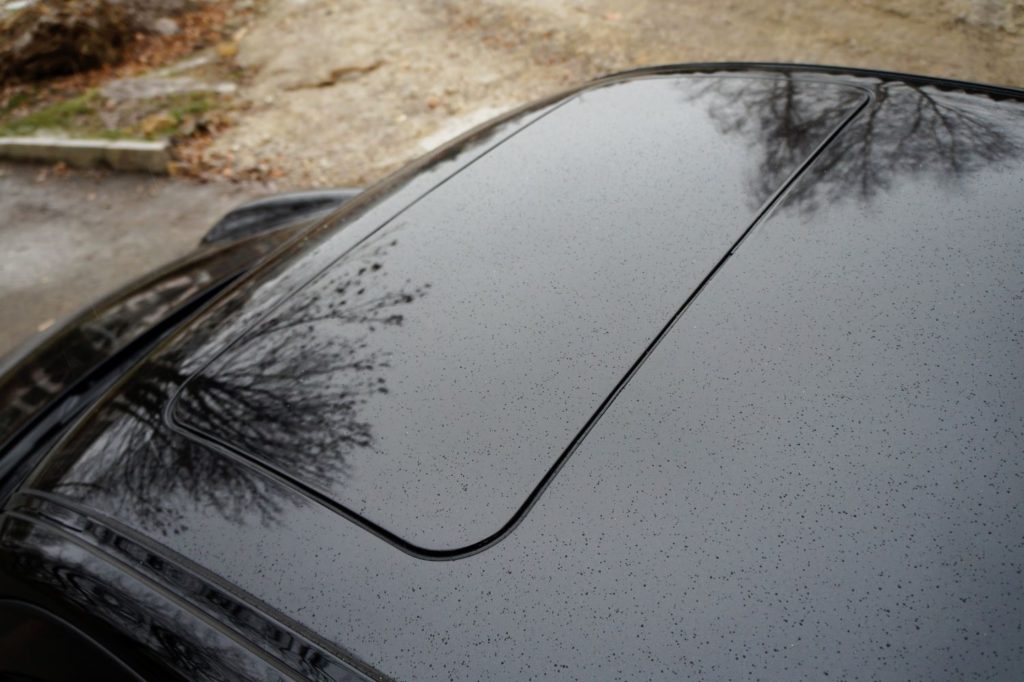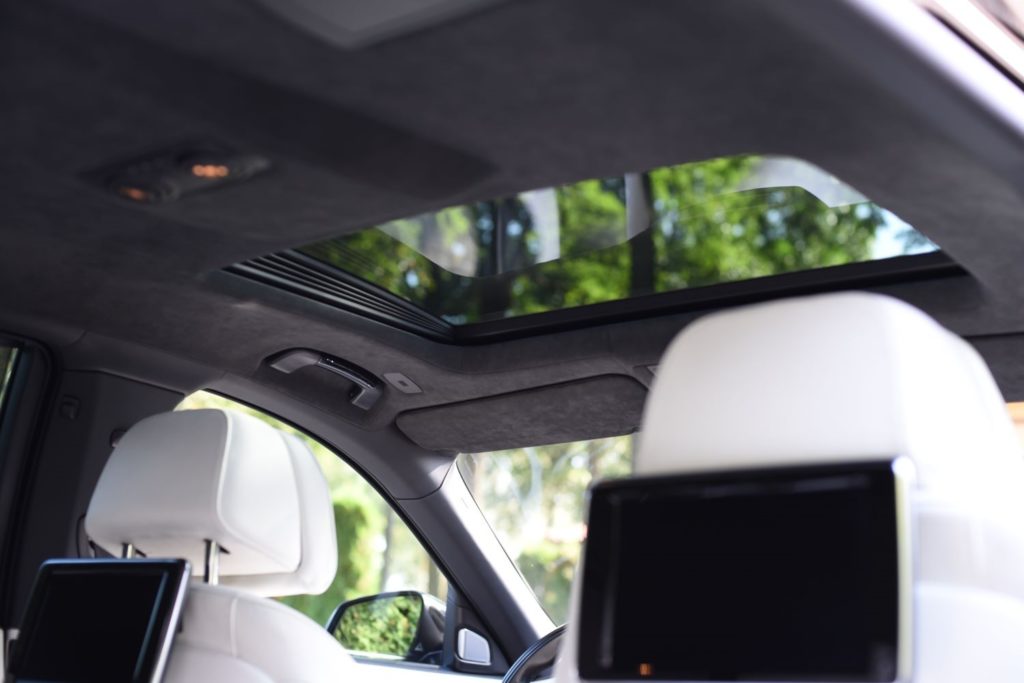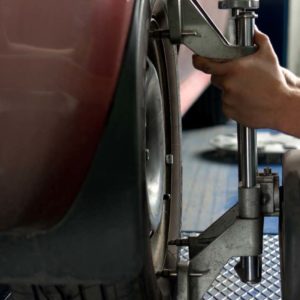Many modern vehicles are equipped with moonroofs and sunroofs, as they can make vehicles feel more luxurious by allowing more light to enter the interior. Some brands call them sunroofs, others call them moonroofs. But is there really a difference between the two terms? If so, then what?
What Is the Difference Between a Sunroof and a Moonroof
Sunroofs and moonroofs refer to the glass panels on vehicle roofs that can be opened to let in fresh air and light. “Sunroof” was a term used to describe the panel on the roof that you could open, slide back, or remove. However, sunroofs originally weren’t glass panels back when they were first introduced. The entire panel was made from metal so it was opaque and couldn’t let in light unless it was opened.

Ford’s John Atkinson coined the term “moonroof” to refer to an optional roof conversion for the 1973 Lincoln Mark IV. This roof conversion replaced the metal panel with a silver-tinted tempered-glass roof that had a sliding interior sunshade, so passengers could block light entirely if they wanted to.
Nowadays, the terms sunroof and moonroof are used interchangeably, and they usually just refer to a panel of glass on the roof and not an opaque metal panel. However, some car manufacturers market their glass panel roofs using the moonroof term to signify that they’re using a tinted glass panel on the roof.

What Are the Different Types of Sunroofs and Moonroofs?
- Built-in roofs – This type typically allows you to raise the back of the panel to vent or exhaust air from the interior. You can also slide the panel fully and stow it between the roof and headliner.
- Spoiler roofs – Spoiler roofs are similar in that you can raise the back of the panel to let air in. However, spoiler roofs need to slide back to be opened, giving them a spoiler-like appearance.
- Pop-up roofs – Just like the other types, this type pops up at the back. In some cases, it can allow the entire panel to be removed. Pop-up roofs were very popular as an aftermarket upgrade.
- Panoramic sunroofs – Vehicle manufacturers also use the term panoramic sunroof to describe large sunroofs stretching from the driver’s seat to the rear seats. During the daytime, these large sunroofs allow a lot of sunlight to enter the cabin. At night, panoramic sunroofs give a broad view of the skyscrapers or stars above you. Compared to regular sunroofs, panoramic sunroofs bring in a unique aesthetic that allows a vehicle’s interior to stand out.
- Lamella roofs – this rare type of sunroof features glass or opaque panels that can slide back like horizontal Venetian blinds. Very few models offered lamella roofs because the design proved to be problematic.
Safety Considerations for Sunroof Vehicles
Can sunroofs give thieves easier access like a convertible? Sunroofs provide more security than convertible tops, which are typically made from canvas, fabric, or vinyl, which can be torn or slashed.
Does having a sunroof make your vehicle interior unsafe in a crash? Will the sunroof affect the roof’s structural integrity and cause the roof to cave in during a crash? Government crash tests have demonstrated that sunroofs don’t affect roof integrity.

Should I Get a Vehicle With a Sunroof or Moonroof?
When it comes to picking between moonroofs vs sunroofs, there are several factors to consider. Sunroofs are typically only equipped in higher trim vehicle models or luxury vehicles as an added feature. As mentioned, they have benefits to people’s wellbeing, like improving their mood and making long drives less claustrophobic. Having a transparent moonroof can let you take in the ambiance of a city filled with tall skyscrapers or the trees of a twisty mountain road. It’s also a good thing that most vehicle models that do have sunroofs combine a transparent glass panel with an opaque sunshade, so passengers can freely switch between the two modes depending on the weather conditions and mood. After all, direct sunlight can strain people’s eyes and cause headaches. In these situations, a sunshade can come in handy.
However, there are also cons to having a sunroof in your vehicle. Firstly, they can be an expensive add-on to your vehicle. It’s no wonder they typically only come as standard in luxury vehicles. Even though cabins can feel more spacious with a sunroof, some vehicle cabins might have less headroom because the sunroof takes up space. Having a sunroof can also make your vehicle’s interior hotter, especially during the summer. You might also have a problem during the cold winter season, as condensation from the window can cause moisture to drip onto your interior. The additional weight from having a sunroof can also severely impact your vehicle’s fuel economy since vehicles with sunroofs are 50 to 80 pounds heavier. Panoramic sunroofs found in luxury vehicles can even add an additional 120 to 200 pounds to the vehicle’s overall weight.
Lastly, having a sunroof means living with the risk of a malfunction. Sunroofs are equipped with rollers, motors, switches, cables, and various other components that can develop problems after several years of use. A sunroof that refuses to close can cause distracting problems like water leaks, foreign debris entering, and road noise. You might even need a specialized repair kit to be able to repair a damaged sunroof. At the same time, sunroofs are just like passenger windows in that they can also develop faulty weatherstrip seals after some time. It’s all up to you if you think the sunroofs are ultimately worth it.
Researching about other parts for your vehicle? Here’s a list of common car body parts.
Any information provided on this Website is for informational purposes only and is not intended to replace consultation with a professional mechanic. The accuracy and timeliness of the information may change from the time of publication.



















